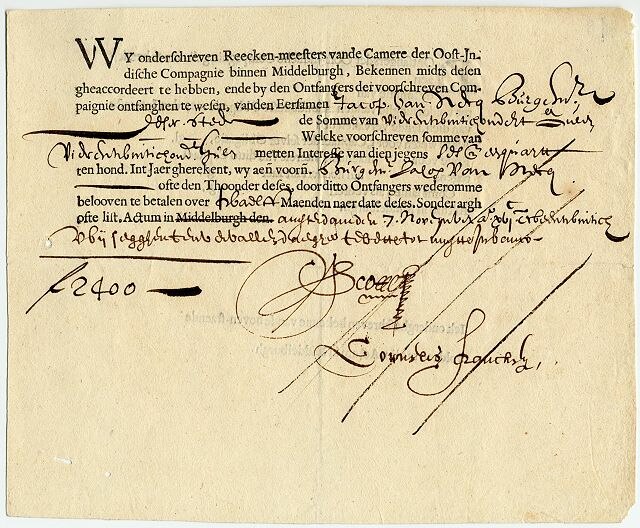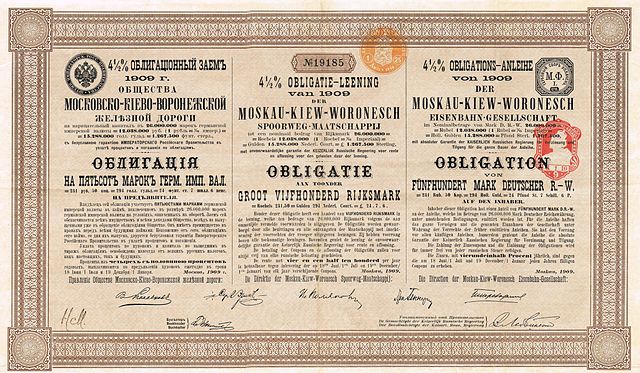In finance, a high-yield bond is a bond that is rated below investment grade by credit rating agencies. These bonds have a higher risk of default or other adverse credit events but offer higher yields than investment-grade bonds in order to compensate for the increased risk.
The New York City headquarters of Barclays (formerly Lehman Brothers, as shown in the picture). In background, the AXA Center, headquarters of AXA, first worldwide insurance company.
In finance, a bond is a type of security under which the issuer (debtor) owes the holder (creditor) a debt, and is obliged – depending on the terms – to provide cash flow to the creditor. The timing and the amount of cash flow provided varies, depending on the economic value that is emphasized upon, thus giving rise to different types of bonds. The interest is usually payable at fixed intervals: semiannual, annual, and less often at other periods. Thus, a bond is a form of loan or IOU. Bonds provide the borrower with external funds to finance long-term investments or, in the case of government bonds, to finance current expenditure.
1978 $1,000 U.S. Treasury bond
Bond issued by the Dutch East India Company in 1623
Bond certificate for the state of South Carolina issued in 1873 under the state's Consolidation Act
Railroad obligation of the Moscow-Kiev-Voronezh railroad company, printed in Russian, Dutch and German





